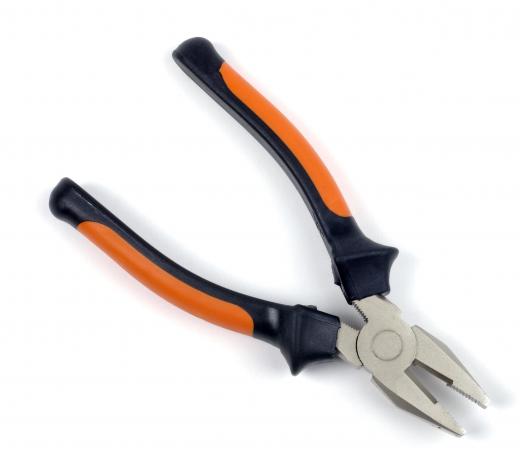Baling wire is a strong but relatively flexible type of wire that can be used in a number of ways. Sometimes referred to as farm wire, it was first developed for strictly agricultural purposes. However, the fact that the wire is relatively easy to manipulate has led to baling wire becoming a staple in the arsenal of many do-it-yourselfers.
Originally, baling wire was utilized to bind various types of loose grasses and crops, such as hay, into solid bales. This is still true today. Baling wire is what holds together bales of hay, various types of grasses, and straw. While the baling wire was once applied manually, baling machines are often used today to compress the matter into a solid square or rectangular unit and then place four or more bands of baling wire around the unit. The end result is that the bale is easily transported with little or no worry about breaking up.

Baling wire is also utilized in a number of quick fix applications. Since the wire is relatively inexpensive but very sturdy, cutting sections with simple wire cutters can provide the perfect material for a temporary patch job. Baling wire can be used to quickly patch a hole in a chain link fence or tie up a loose muffler on a vehicle. Around the house, baling wire may be used to hang heavy objects on a wall or temporarily patch a damaged spring mechanism on a screen door. The uses of baling wire are only limited by the imagination of the end user.
Baling wire is available at most building supply stores. Farmer’s cooperatives and exchange stores also often carry it in single rolls that are ideal for use around the house. The wire can also be ordered in bulk for use with bales of hay. While durable, this soft wire is relatively inexpensive, which makes it even more attractive for use with quick fixes.

